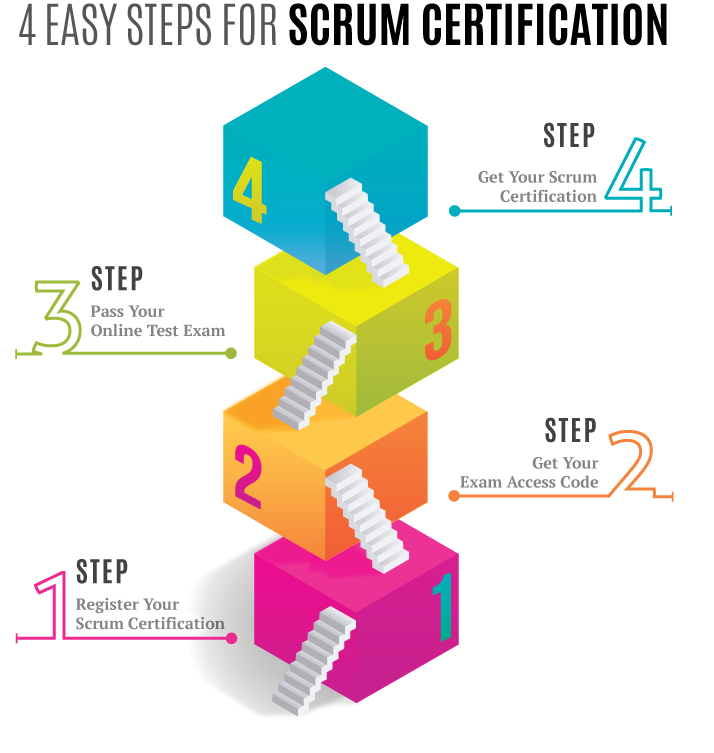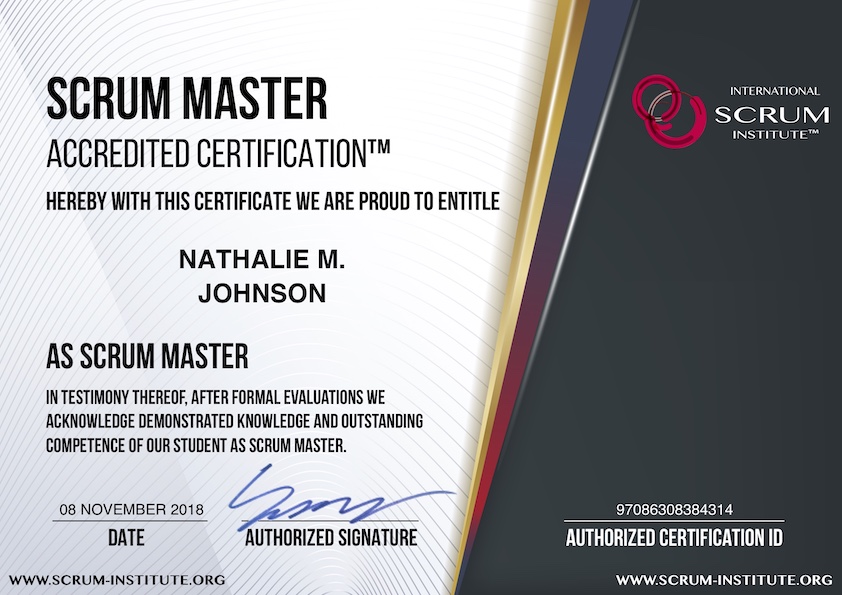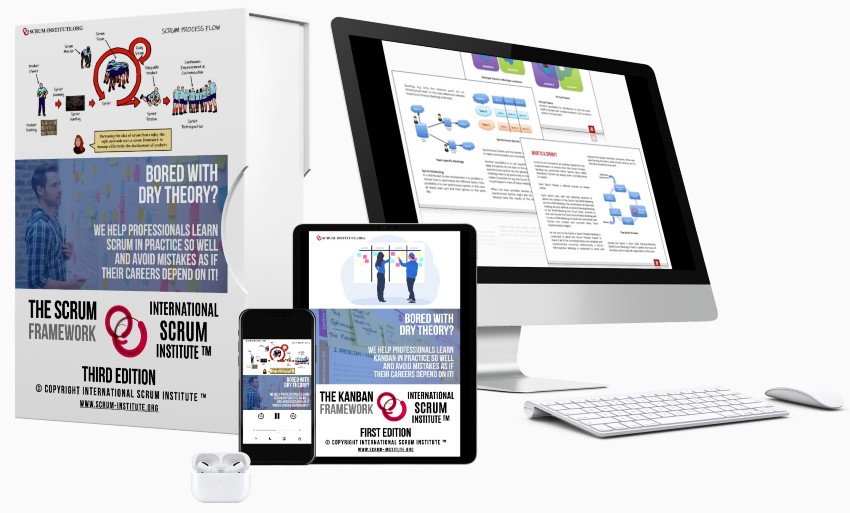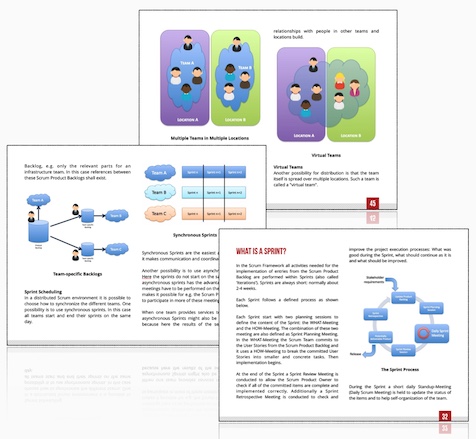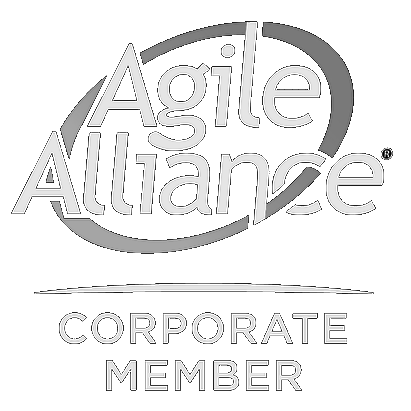What Is A Scrum Release Plan? This Might Surprise You!
The goal of a release plan is to visualize highlevel
planning for multiple Sprints, usually
between three to twelve Sprints, or so-called
Product Increments.
A release plan becomes the guideline that
reflects expectations from a Scrum Team about:
- Which features will be implemented,
- In what order and when these features will be
implemented.
The release plan also serves as a benchmark to
monitor and control the progress of a project. A
release plan serves as a target for actual deployments
of software in IT production systems in
two ways:
- Deployment of "Milestone Deliveries" to create
business value for the client before the project
is complete. These Milestone Deliveries cover a
subset of client requirements agreed by the
Scrum Product Owner, client, and business
stakeholders,
- Deployment of Final Delivery, which includes
all known demands and feature requests from
the client and business stakeholders.
Before a release plan is created, the following
artifacts and information need to be taken into
account:
- A prioritized and estimated Scrum Product
Backlog,
- The measured velocity of the Scrum Team
(The velocity is estimated, or its value should
be extrapolated from the past similar projects
if the Scrum Team is just forming),
- Success criteria imposed by clients such as
schedule, scope, provided human resources
allowed by the project budget).
Since a Release Plan is heavily associated
with the Product Backlog, the Scrum Product
Owner governs and maintains the Release
Plans.
Depending on the demands and priorities of the
clients, a release plan is created to satisfy one of
these three goals:
- Feature-Based Release Planning
- Date-Based Release Planning
- Feature-Based and Date-Based Release Planning
(The Most Typical)
Feature-Based Release Planning
What we know: Velocity of the Scrum Team,
Features we want to deliver.
What we don't know: How long do we need to
deliver these features?
For Feature-Based Release Plans (see more about Scrum Release Planning), the sum of user
story points of requested features within a
release is divided by the team velocity. That is
going to reveal the number of Sprints required to
complete a Milestone Delivery or Final Delivery of
the product. And we make the release plan
accordingly.
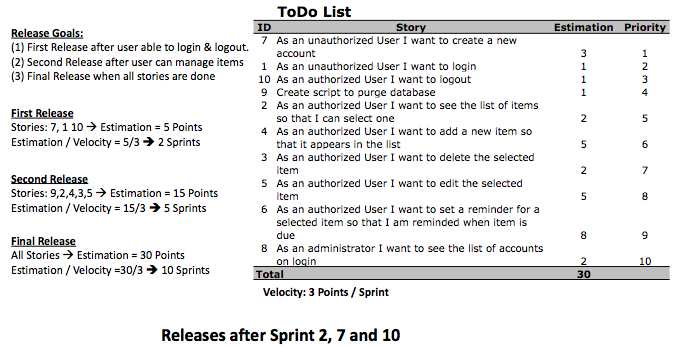
Date-Based Release Planning
What we know: Velocity of the Scrum Team, The
Date we want to deliver.
What we don't know: What features can we
deliver until the deadline?
For Date-Based Release Plans, we multiply the
team velocity by the number of Sprints we have
until the release date. That is going to reveal the
estimated total number of user story points the
Scrum Team can deliver until the release date.
And we make the release plan accordingly.
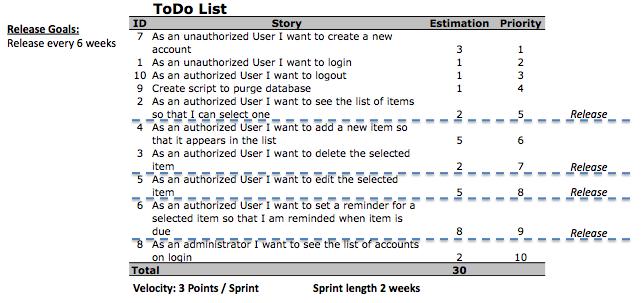
Feature-Based and Date-Based
Release Planning
What we know: Velocity of the Scrum Team,
Features we want to deliver, The Date we want to
deliver these features.
What we don't know: Can the Scrum Team
deliver the requested features until the given
deadline?
We multiply the team velocity by the number of
Sprints we have until the release date. That is
going to reveal the estimated total number of
user story points the Scrum Team can deliver
until the release date. If this number is larger
than the sum of user story points of features
within a release, then we're safe.
Otherwise, the velocity of the Scrum Team needs
to be extended by adding extra human resources
to the team. That may not be a viable option as
the Scrum team could already possess 9 people,
which is the upper limit of an ideal size of a
Scrum Team. Then some user stories of the
project need to be delivered by another Scrum
Team, which is going to work with the original
Scrum Team in parallel.
Similar to a Scrum Product Backlog, a Release
Plan is not a static plan. It will change during the
whole project while we know more about the
project. New, removed, modified user stories,
and the respective changes of their estimates will
influence the release plans as well. Therefore, the
release plan should be revisited and refreshed at
regular intervals.
Share It With Your Colleagues and Friends to Help Them Learn:
What Is A Scrum Release Plan? This Might Surprise You!
|
|

|

|

|

|
|
 SCRUM INSTITUTE™
SCRUM INSTITUTE™


